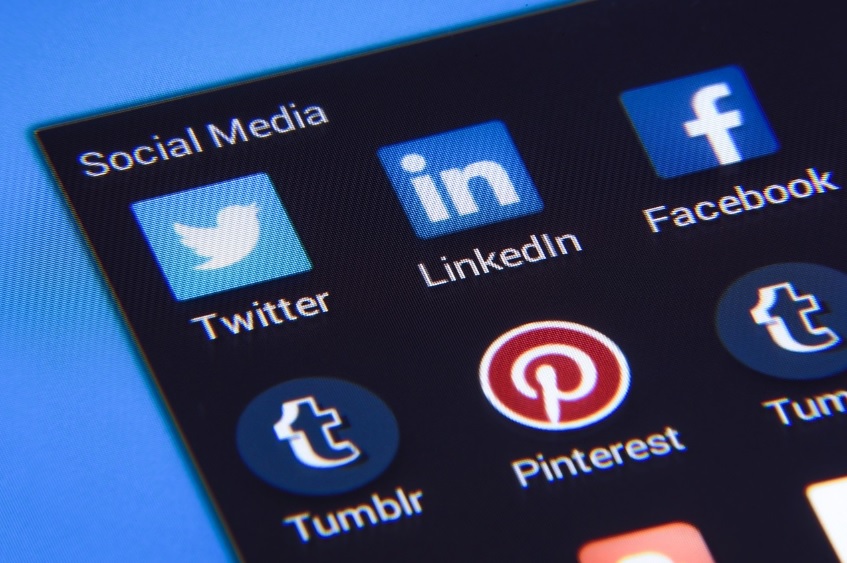One common marketing mistake made by small business owners is ignoring social media until they need to promote and sell products. The reasoning is that they don’t need social media unless they’re launching a new product or have rooms to sell. But the truth is that marketing in the digital era changed the tools we use, and social media management requires a full-time staff.

Consumer behavior has changed
The way we see the world has fundamentally changed. It’s altered through the filter of the Internet and smartphones. By extension, the journey that a buyer takes toward a purchase has changed as well. The old marketing funnel is defunct, and there is a new digital marketing funnel that accurately represents the journey of today’s consumer.
In the past, a company might have sponsored a charitable event for name recognition, run advertisements during TV commercials, used direct mail for a sale or coupons, and taken phone calls on an 800# to provide customer service.
Digital Marketing Funnel
The modern digital marketing model includes some of the previous efforts but incorporates social media on every level. Companies like Nike sponsor an athlete and release a film about it on Instagram, post their commercials on YouTube, announce a sale by sending an announcement to their email list and handle customer service issues on Twitter.
There are four phases of funneling a customer through the sales process in the digital age. Social media is key to a successful relationship with customers at each one of these stages but is especially good at the top of the funnel. Waiting to implement or poorly implementing a digital marketing funnel can impact your marketing success.
Successful social media uses an 80/20 ratio of posting 80% informational, emotional, and entertaining content and 20% commercial and advertising content. Done right, it helps you succeed at each stage of turning a prospect into a customer.
First, create brand awareness of your product and the benefits it offers with an established look and feel. Second, create interesting content that informs and educates potential customers. Third, create social media with a call to action. Last, follow your customers and engage them when they post pictures, stories, or experiences that reference your brand.
Awareness: Establish a voice for your brand. Wendy’s exchanges banter with followers and trolls its competitors, Sue the T-Rex at the Chicago Museum of Natural History is obsessed with Jeff Goldblum and picks fights with other museums, Merriam-Webster Dictionary subtweets political and celebrity issues with funny, smart, and informative definitions.
Consideration/research: A consumer reads an article or sees an ad that looks intriguing and decides to research it. Social media addresses it by converting the target audience to the website. Publishing articles and high-quality content featuring case studies, testimonials and linking back to the main site with a launch page and email signup.
Purchase: Consumer decides to pull the trigger. Social media supports this by offering flash sales, live demos, publishing FAQ’s, and discounts.
Post-purchase experience: Engage customers on social media through mentions, offer insider-only discounts or upgrades, offer free advice and tutorials.
Social Media is the Modern Marketing Tool
Social media is a communications game-changer. It offers small businesses a direct B2C connection, allowing you to cultivate communities, partners, and supporters. It’s common for small businesses to eschew social media until it’s time to advertise, but this ignores the established digital marketing funnel. Marketing in the digital era requires savvy social media strategies and execution.